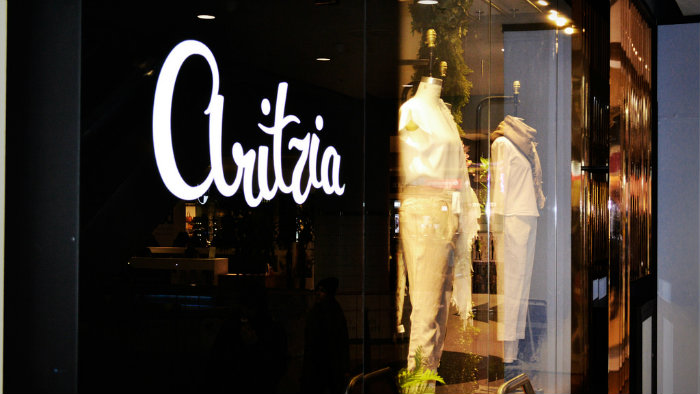One of the poorest-performing IPOs in recent years is Aritzia Inc. (TSX:ATZ), down 13% since going public in October 2016. In fact, it hasn’t traded above its IPO price of $16 since this time last year.
I’m no fan of Aritzia stock, but its recent surge over the past month — it’s up more than 12% — has me revisiting the specialty retailer to see if anything’s changed to warrant such investor enthusiasm.
If there’s one thing I’ve learned over the years writing about investments, it’s that situations can and do go from negative to positive and vice versa on the turn of a dime, which means if you want to make money, you’ve got to be open to change.
Fourth-quarter earnings were good
Fool contributor Stephanie Bedard-Chateauneuf recently looked at how the company did over the final three months of the fiscal year and found that results were good.
According to Bedard-Chateauneuf, revenues grew by 12% in the quarter, same-store sales were up by 6%, and adjusted earnings rose by 23%. Equally impressive, Aritzia expects revenues and profits in 2019 to grow by 15% and 20%, respectively.
What more can you ask for from a retailer? Not much, I suppose.
“Aritzia is one of the best stocks to buy in the retail sector. Its revenue and profits are growing fast, and they’re expected to continue to grow quickly amid future store openings and the development of e-commerce,” Bedard-Chateauneuf stated May 14. “Thus, Aritzia is able to stay ahead of the competition by adapting to consumers’ needs and preferences.”
In my colleague’s eyes, it’s a buy.
Revisiting the past
In April, I compared Aritzia, the IPO class of 2016, with Roots Corp. (TSX:ROOT), the IPO class of 2017. At the time, I’d suggested that Roots’s stock was the better buy but reserved judgement until Aritzia’s Q4 2017 results were out to come up with a more definitive conclusion.
The rationale for my call was based on a gut feeling that Roots was heading in a positive direction as a business, while Aritzia was stalling out.
Now that Aritzia’s Q4 2017 numbers are in, it’s time for me to reflect on some of the things I highlighted back in April and whether they’ve changed at all.
I’m interested in four things.
How are same-store sales growth?
Same-store sales in the all-important holiday quarter were up 6% compared to 12.3% in Q4 2016 and 9.2% in Q4 2015. While the company noted in its press release that it was the 14th consecutive quarter of same-store sales growth, it’s hard to ignore the deceleration in growth.
What is it doing about gross margins?
Ideally, you want to see it increasing gross margins on a quarter-by-quarter basis. In the fourth quarter this year, gross margins dropped by 50 basis points to 37.9% with its annual gross margin flat at 39.8%.
If there weren’t a deceleration in same-store sales, I’d be a lot more willing to give it the benefit of the doubt.
How’s cost cutting coming along?
The key to successful retail is cutting operating expenses, while growing gross margins and same-store sales. On this third front, it did okay, cutting $2.5 million from its operating expenses year over year, while also reducing costs as a percentage of revenue by 180 basis points to 25.6%.
That’s how you remain profitable despite slowing sales.
Free cash flow yield?
In my April article, I’d suggested that if Aritzia generated 2017 free cash flow of more than $81 million, it might be a buy. Unfortunately, it came in around $44 million, or almost half what it was in 2016.
That means Aritzia’s free cash yield, which was 5.7% in April, is now 2.9%, or half.
The bottom line on Aritzia stock
Despite the excellent work it’s doing on cutting operating expenses, Aritzia opened or repositioned almost as many stores in fiscal 2016 as it did in 2017, so the drop in free cash flow is puzzling.
For me, the story hasn’t changed. Aritzia is not a buy in my opinion, despite the momentum.








